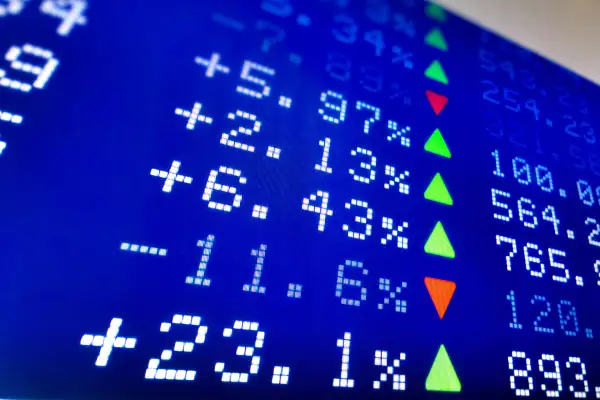Everything You Need to Know About Active ETFs, the Funds Hyped as the Investing Industry's Next Big Thing
Money is not a client of any investment adviser featured on this page. The information provided on this page is for educational purposes only and is not intended as investment advice. Money does not offer advisory services.

For years the investing industry has been touting actively managed ETFs as the next big thing, and, for years, investors have responded with a shrug. Now that's finally starting to change.
Exchange-traded funds are mutual funds that trade like a stock. ETFs have been a hit with investors, amassing roughly $4.4 trillion from U.S. investors. However, the vast majority that money has always been in ETFs that track market indexes, like the Standard & Poor's 500 or the Russell 3000. The first active ETF appeared in 2007, but as recently as late 2019, these funds represented only about 2% of ETF assets. In the last couple of years, however, they seemed to gain momentum, taking in $52 billion in 2018 and 2019 to more than double total assets to $100 billion, compared with total inflows into all U.S. ETFs of about 19% of assets during the same period, according to Morningstar data.
The majority of institutional ETF investors surveyed by Brown Brothers Harriman recently indicated that they planned to add to their holdings of actively managed funds this year.
The Industry Push
Ultimately, an investor in active ETFs has to buy into the same concept that a mutual-fund investor does: the portfolio manager’s “secret sauce.”
But studies have long shown the stock-picker’s edge as, at best, elusive, or, at worst, dumb luck. Less than one-in-four active funds outperformed their passive equivalents in 10 years through June 2019, according to a Morningstar study. With all the data on the side of indexes, investors should approach these new active products with a healthy dose of skepticism.
Still, part of the reason that fund-industry insiders are excited about actively managed ETFs in 2020 is the expected launch of “nontransparent” funds from Fidelity, T. Rowe Price and other big firms, fund analysts say. The Securities and Exchange Commission has allowed these ETFs to delay disclosures of holdings, as mutual funds do. One major drawback to active ETFs for big fund firms was that portfolio managers would have to tip their hand, as holdings are typically disclosed in real time.
From an investor’s standpoint, however, non-transparency could be one step forward and two steps back. “I view active nontransparent as being a solution in search of a problem,” said Ben Johnson, director of global ETF research at Morningstar. "Many asset managers are worried this will amount to them posting their secret recipe out there on the world-wide web every day for others to copy."
"Many are flattering themselves if they think anyone would care to look or care to copy,” said Mr. Johnson.
What’s more, said Mr. Johnson, the non-transparent ETFs won’t be eligible for the Securities and Exchange Commission’s new ETF Rule, designed to make regulatory burdens lighter on the funds.
Active Funds' Appeal
For investors who are committed to actively managed funds, ETFs could offer certain advantages, especially when it comes to fees and tax savings, according to industry followers.
Administration fees are lower on ETFs than on mutual funds even when both are using the same strategies, according to Ryan Sullivan, senior vice president at Brown Brothers Harriman’s global ETF services, because the “authorized participants,” or market makers, bear some of the trading costs that fund holders have to bear in mutual-fund structures.
Active ETFs may also turn out to offer management fees than traditional active funds, if for no other reason than that is what ETF investors will demand. “ETF as a low-cost offering is almost implied and expected and active managers have to be aware of that,” said Mr. Sullivan.
